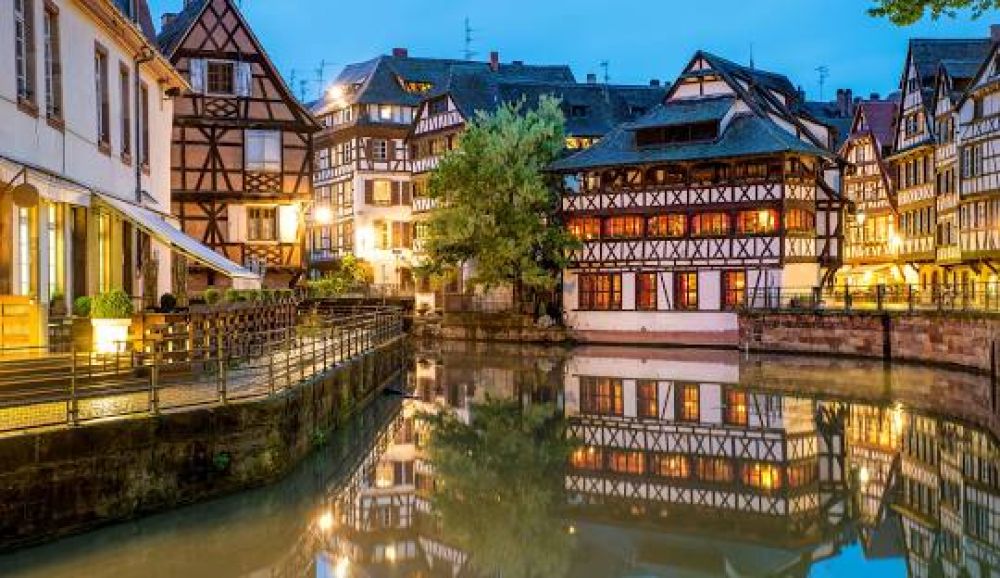

Strasbourg has long been a vibrant city at the crossroads of different cultures and nations, mainly due to its strategic location on the Rhine River and near the border of France and Germany. Its rich history, stunning architecture, and unique blend of French and German influences have made it an attractive destination for tourists from around the world.
Tourism in Strasbourg can be traced back to the times when it was a free imperial city within the Holy Roman Empire, during the medieval period. Initially, its visitors were mostly pilgrims, traders, and scholars. Magnificent structures like the Cathedral of Notre-Dame de Strasbourg, which was once the tallest building in the world, drew religious pilgrims and those interested in its architectural prowess.
During the 19th century, with the advent of the industrial revolution and the improvement of transportation networks, tourism began to modernize. Strasbourg's cultural sites, including its museums, libraries, and operas, began to draw a more diverse range of visitors.
The turn of the 20th century saw increased tensions due to the city's contested status between France and Germany, leading to periods of decline in tourism. However, after World War II and the establishment of Strasbourg as a European hub, its tourism industry experienced a renaissance.
Following the devastation of World War II, the selection of Strasbourg as the seat of several European Institutions, including the Council of Europe and later the European Parliament, invigorated the city's international prestige. Political tourism and international meetings became a significant aspect of the city's tourist draw.
Modern-day Strasbourg is a blend of historical charm and European progressiveness. It boasts numerous UNESCO World Heritage sites, such as the historic city center, known as the Grande Île. In addition, the famous Christmas Market, one of the oldest and most renowned in Europe, draws vast numbers of visitors during the winter.
Recent tourism trends in Strasbourg reflect a growing interest in sustainable and experiential travel. Visitors are increasingly seeking out eco-friendly accommodations and are attracted to the city's extensive network of cycle paths. Additionally, there's a rising trend in cultural tourism, with travelers looking to immerse themselves in the local Alsatian culture through food, wine, and traditional festivals.
In the age of social media, picturesque spots such as the half-timbered houses in the district of La Petite France, and the panoramic views from the cathedral's viewing platform, make Strasbourg a popular destination for younger travelers seeking share-worthy photo opportunities.
The city has also become a year-round destination, with each season offering its own unique attractions, from summer river cruises to winter Christmas markets.
The evolution of tourism in Strasbourg is an ongoing story of a city that has successfully navigated the changing times by blending its rich historical offerings with its status as a modern European capital. As a city that values both its heritage and its modern role in Europe, Strasbourg offers a fascinating experience for all types of tourists, now and in the years to come.